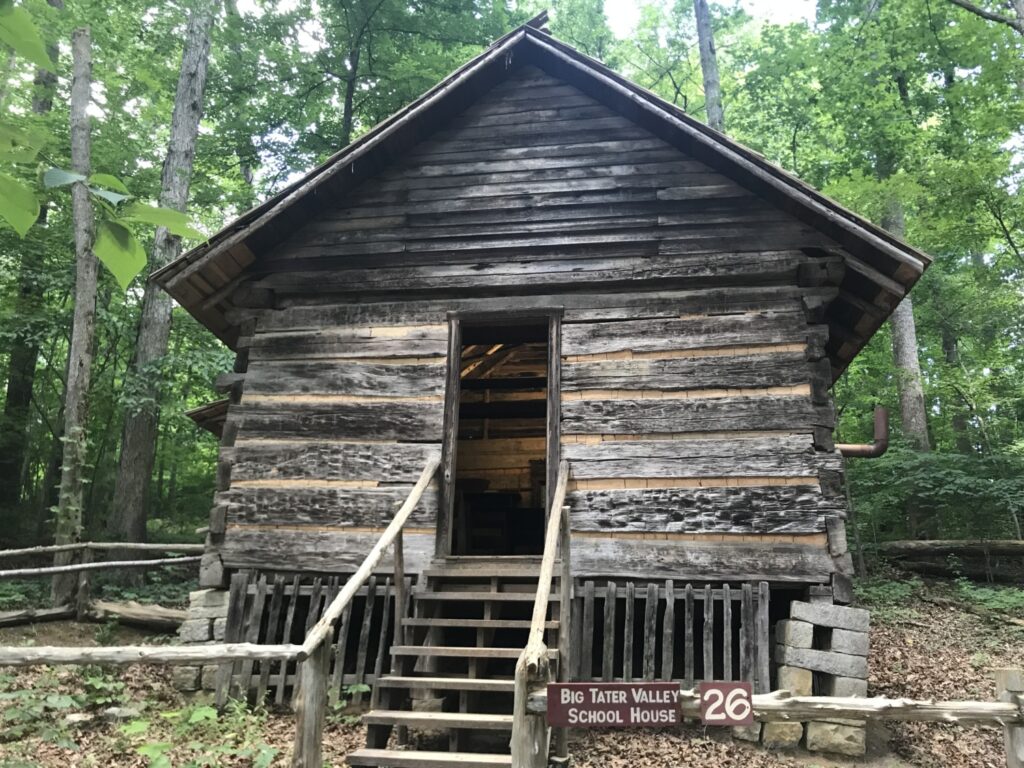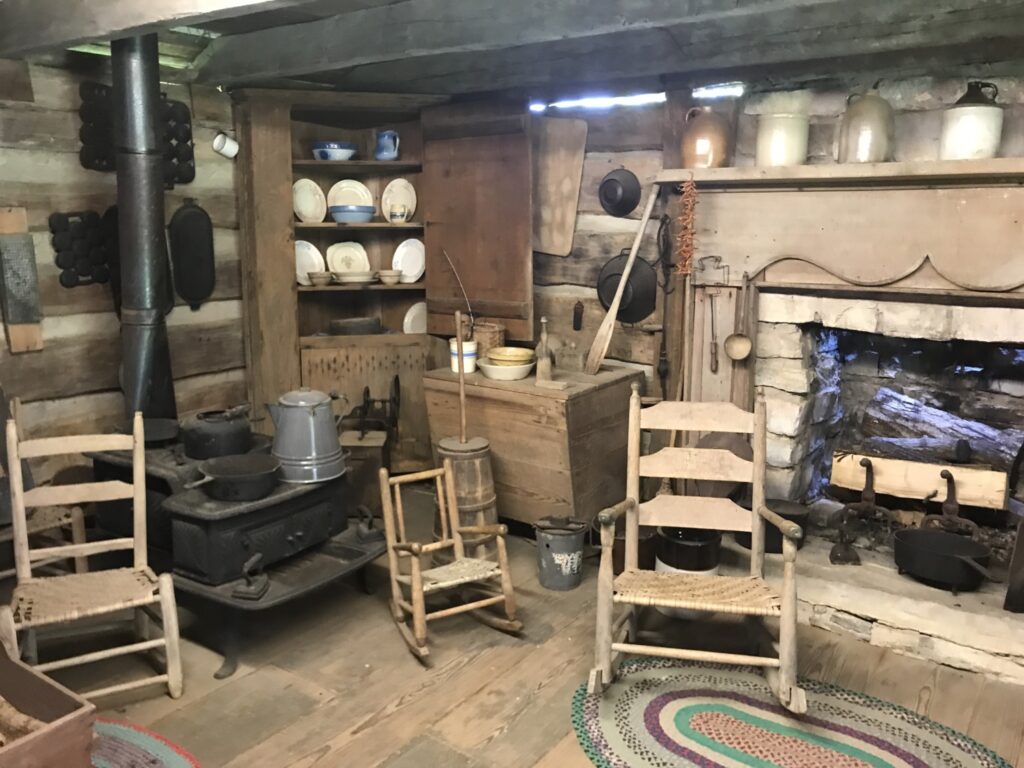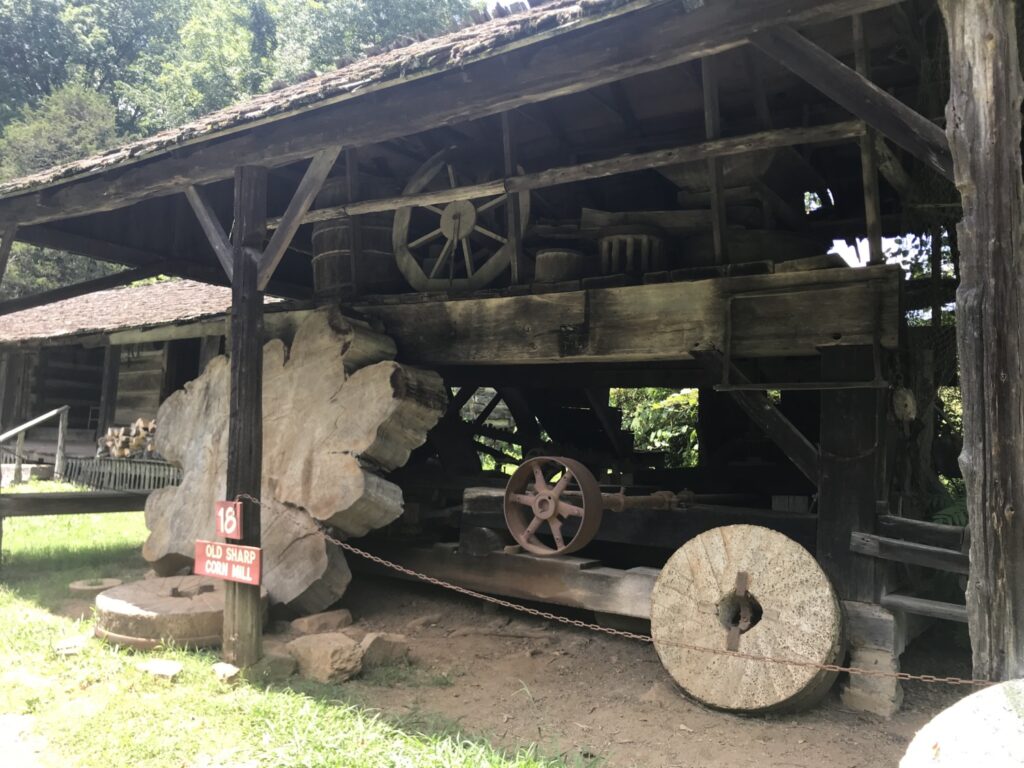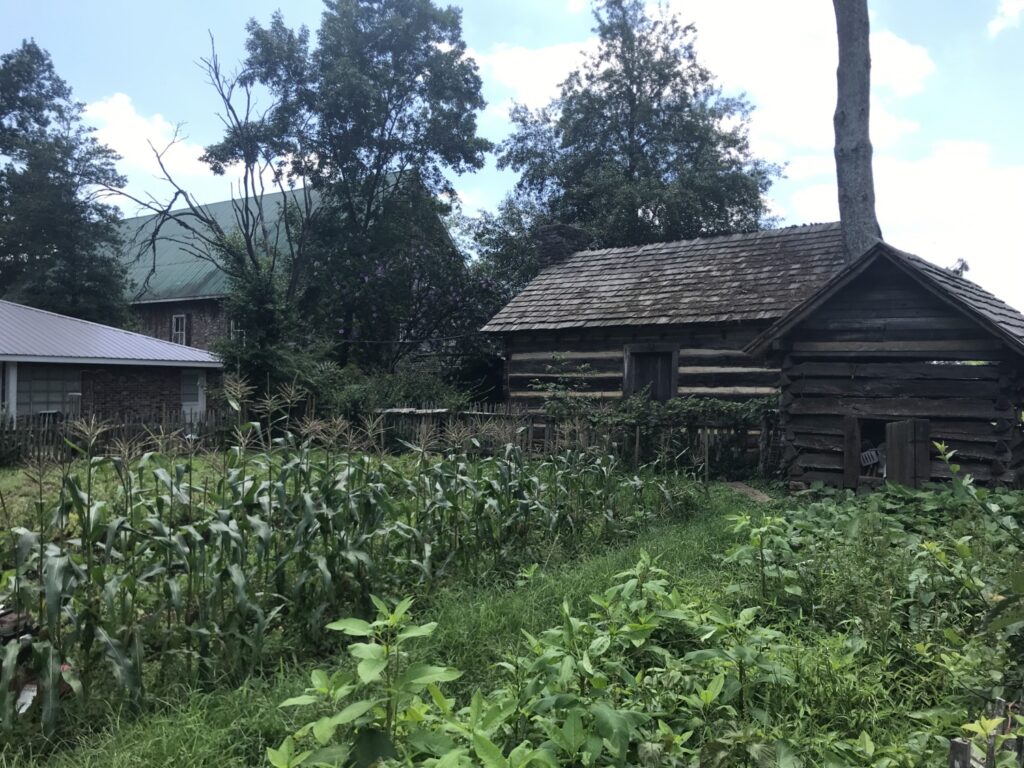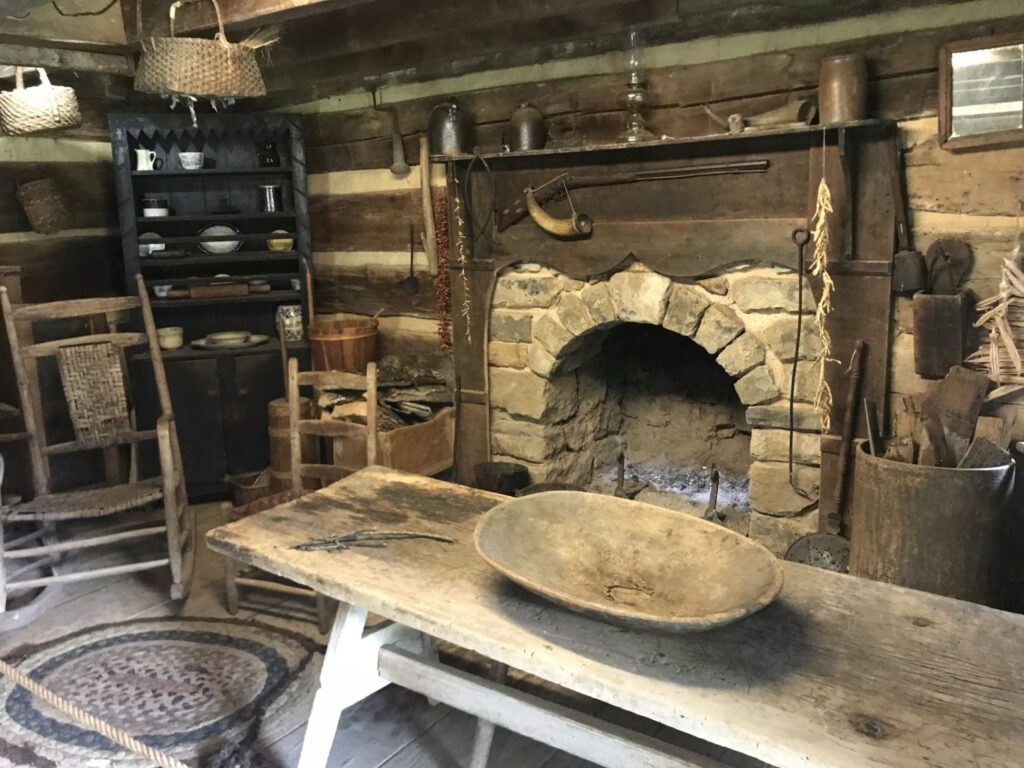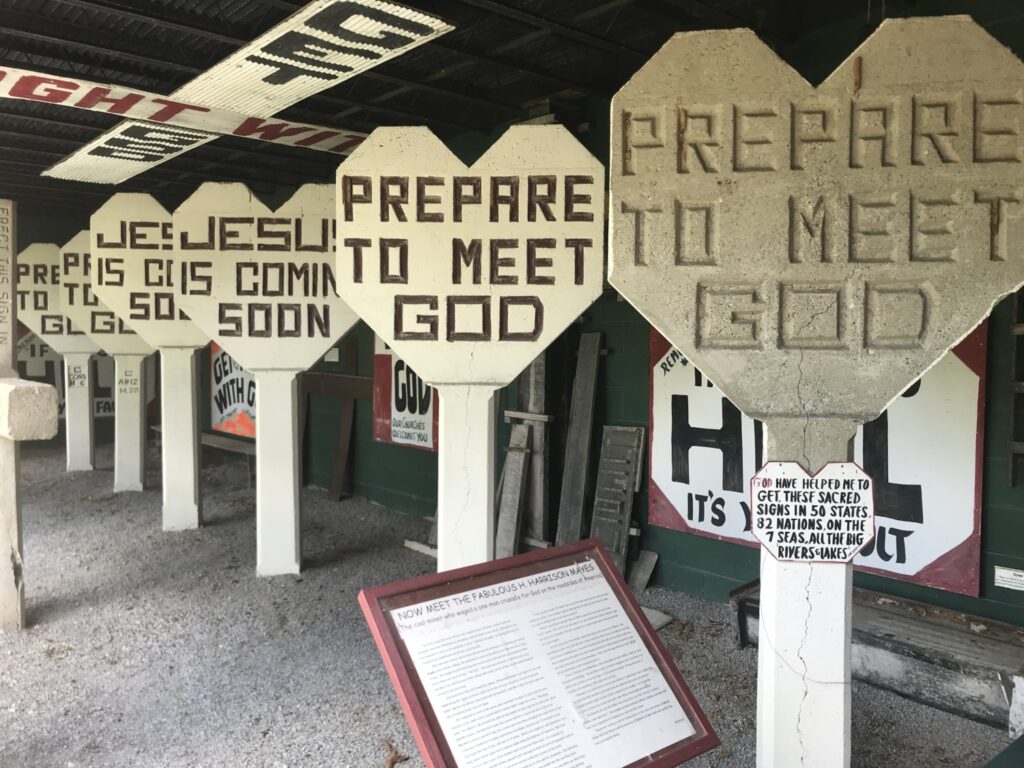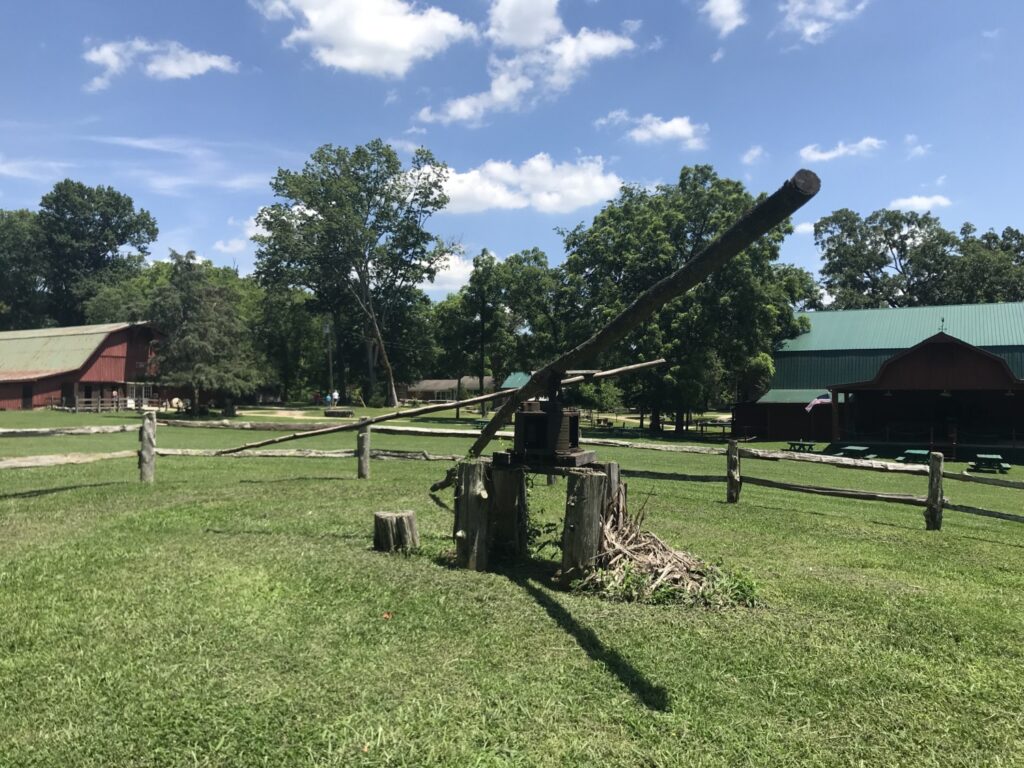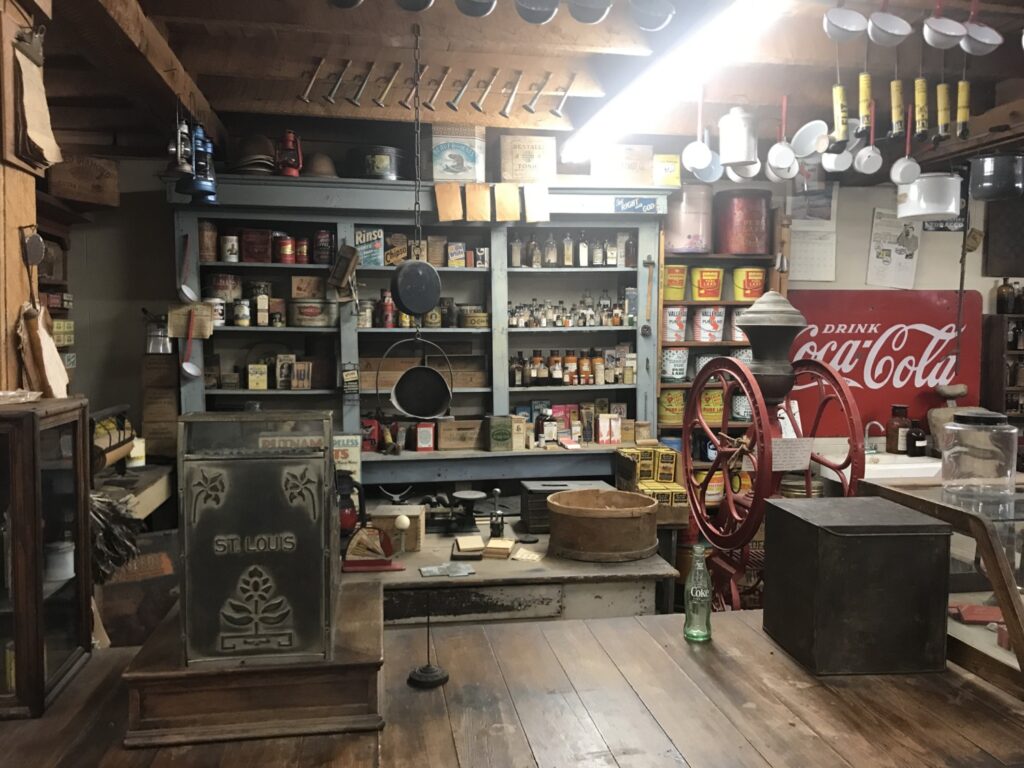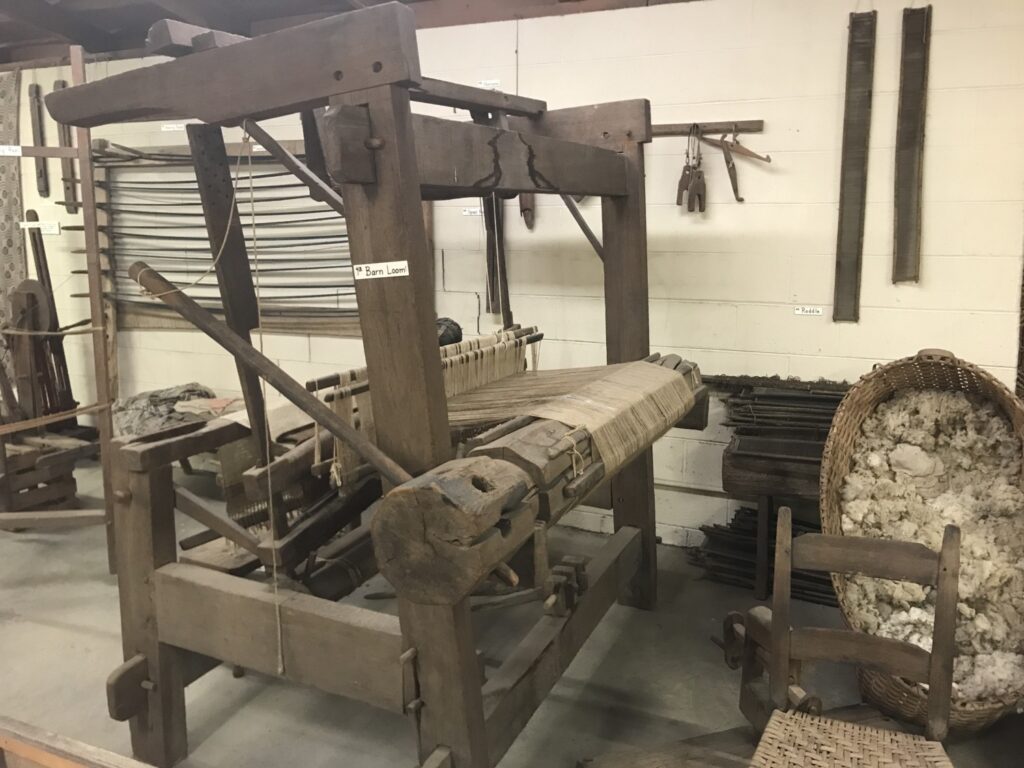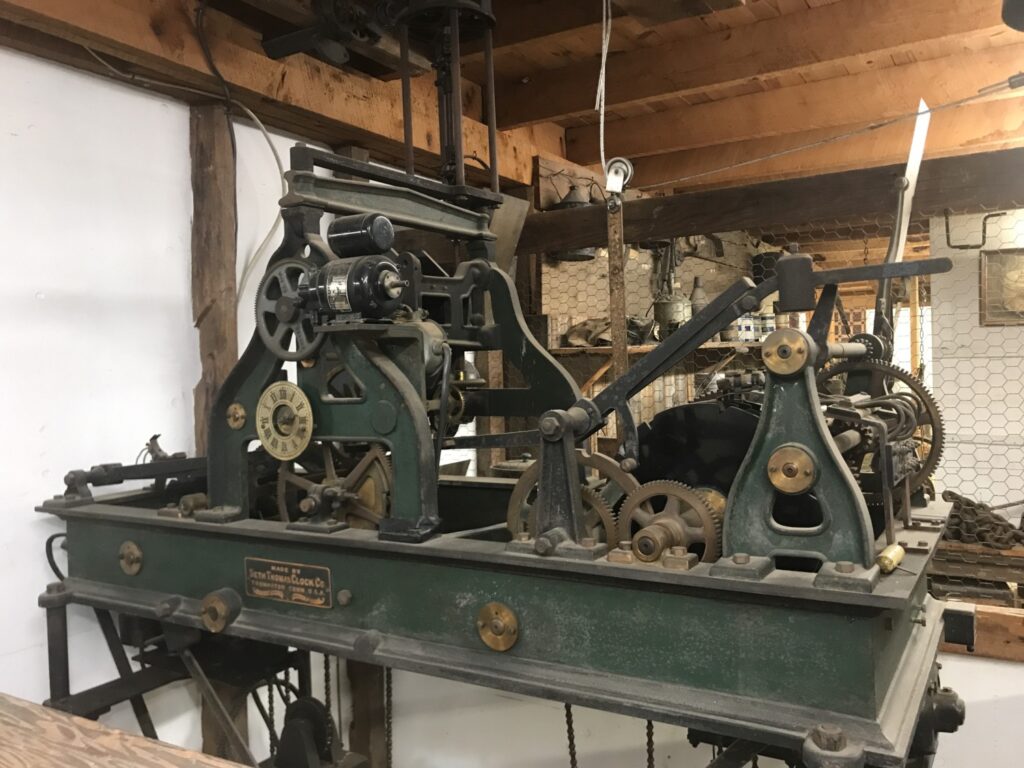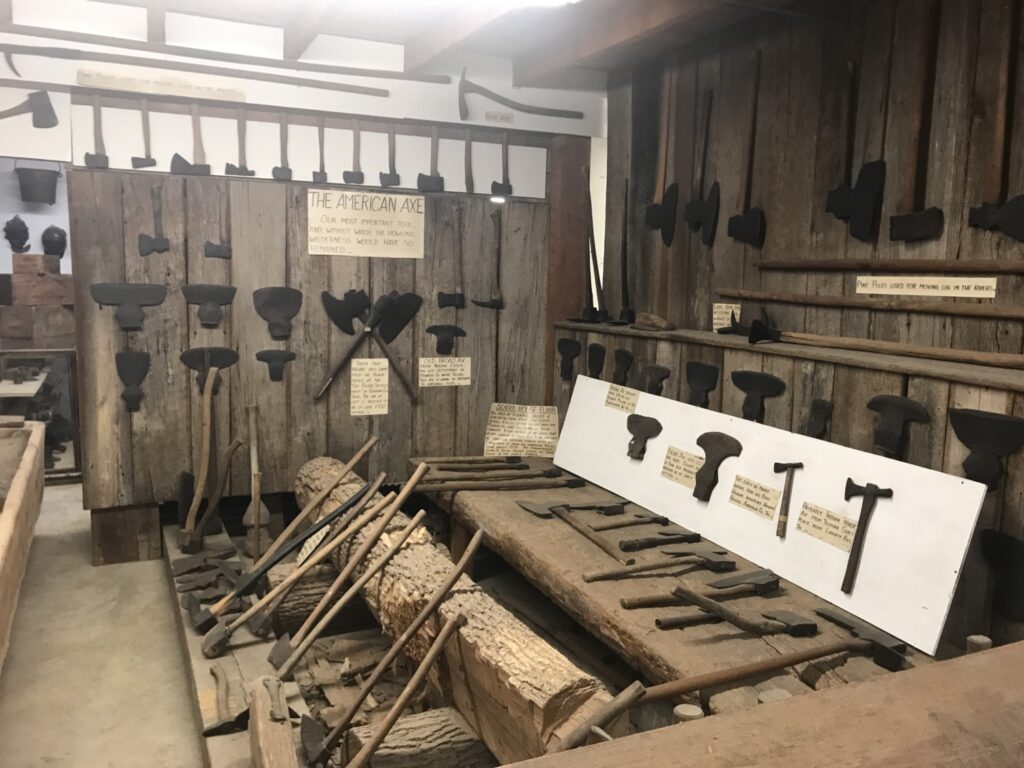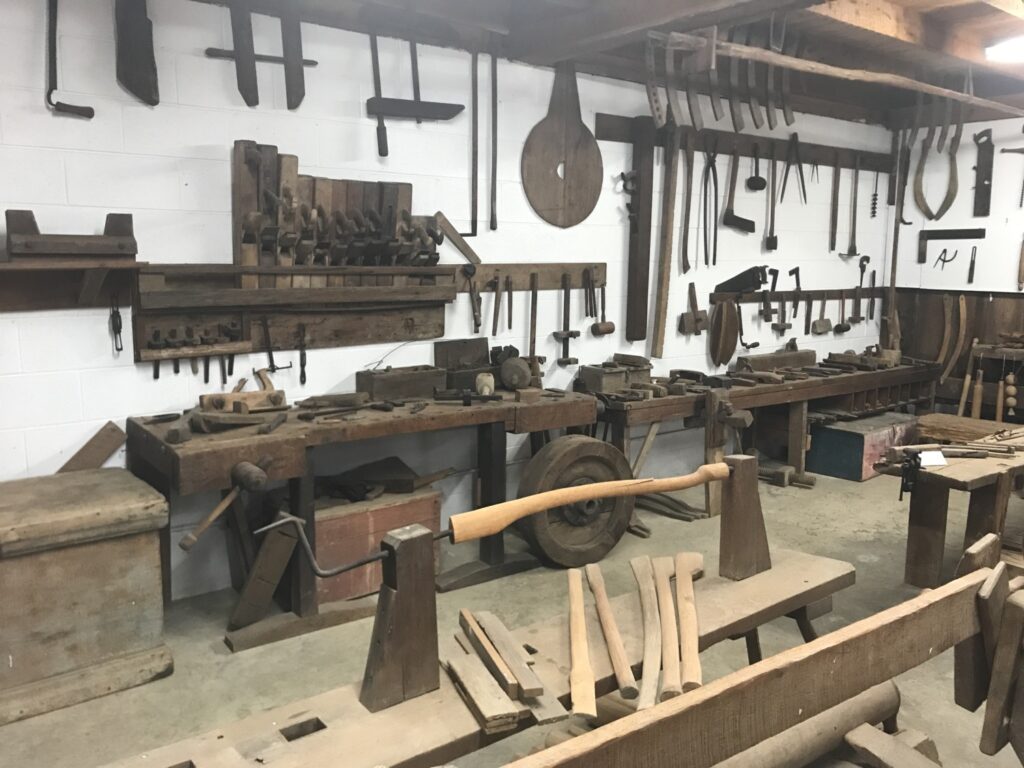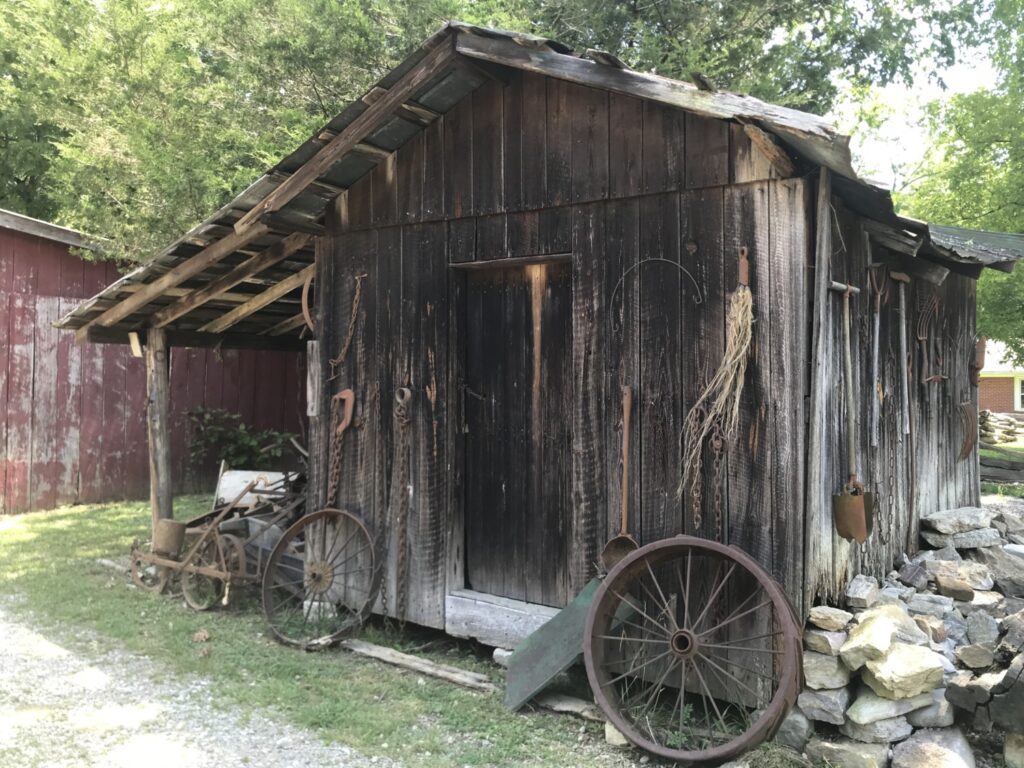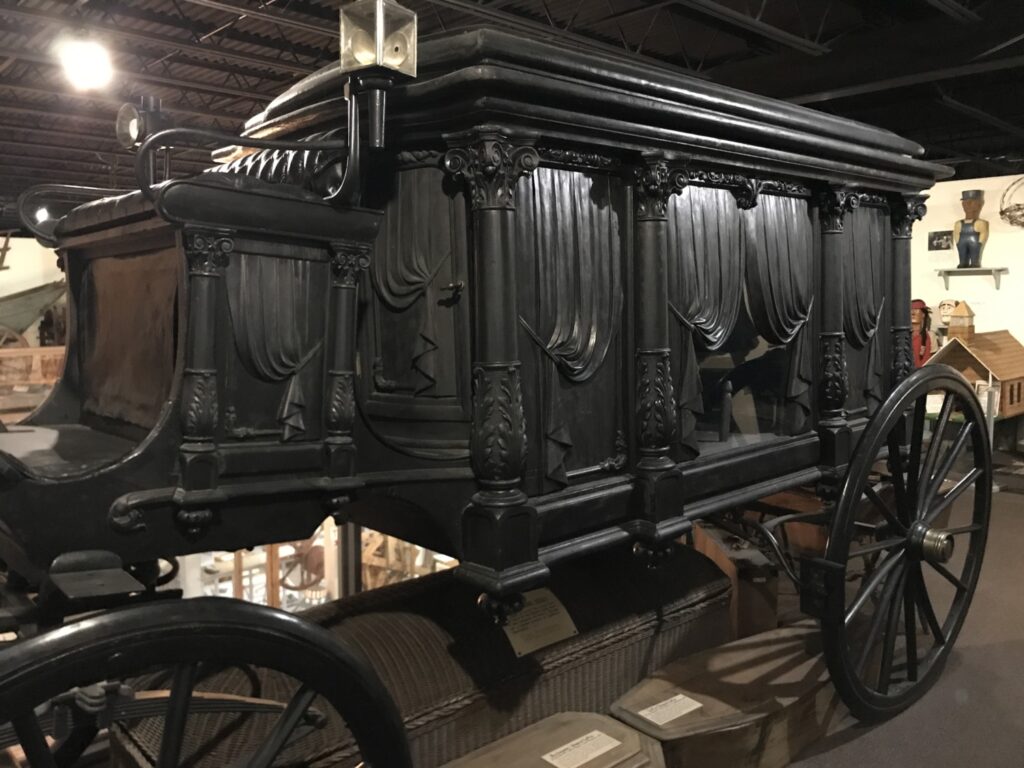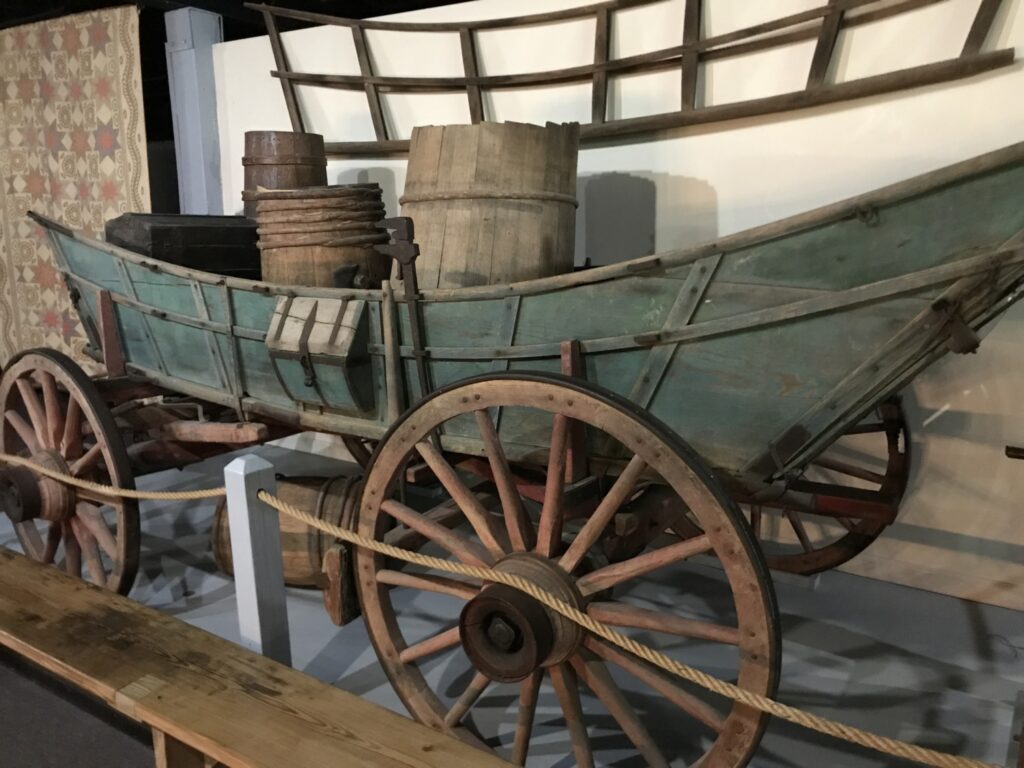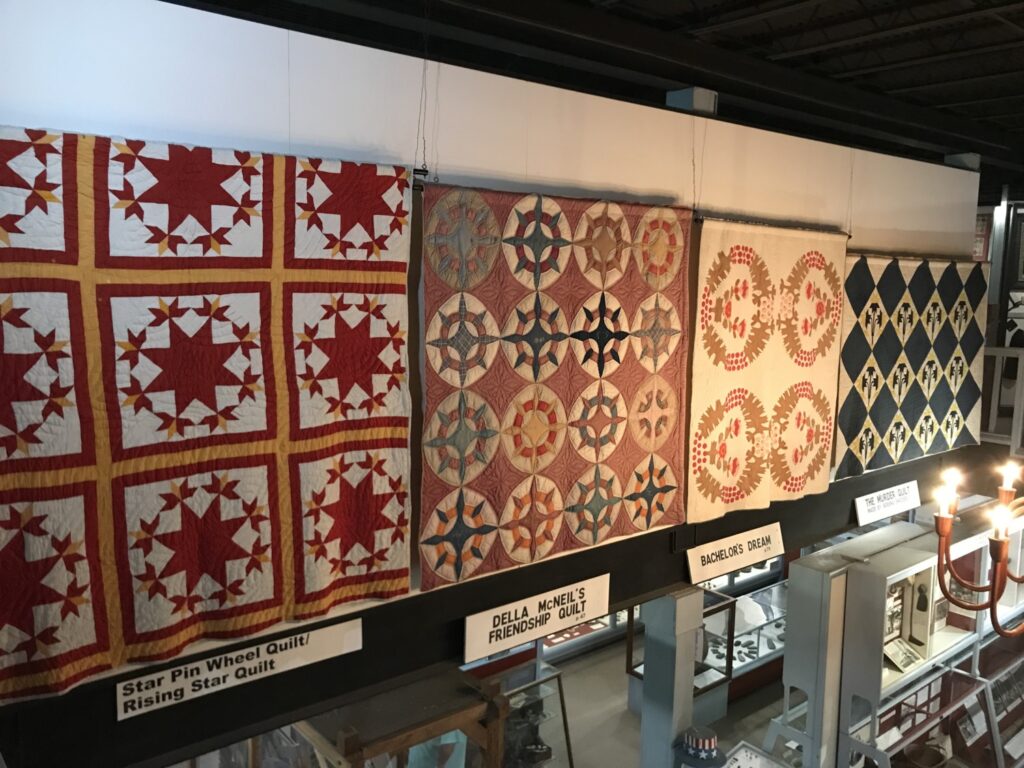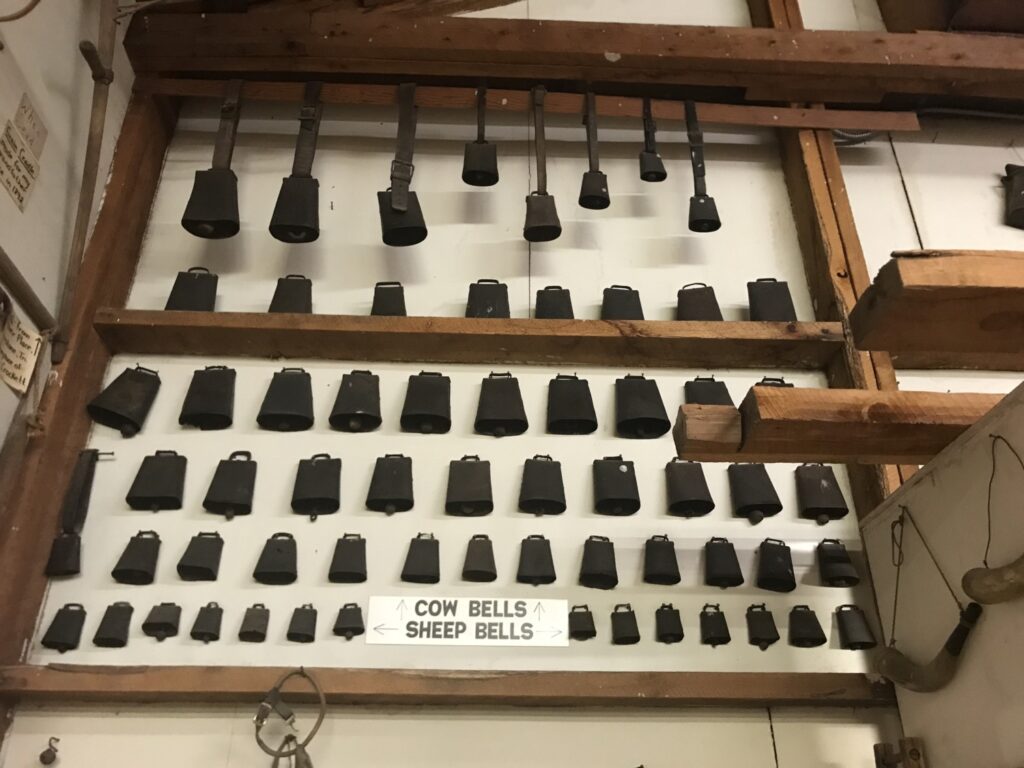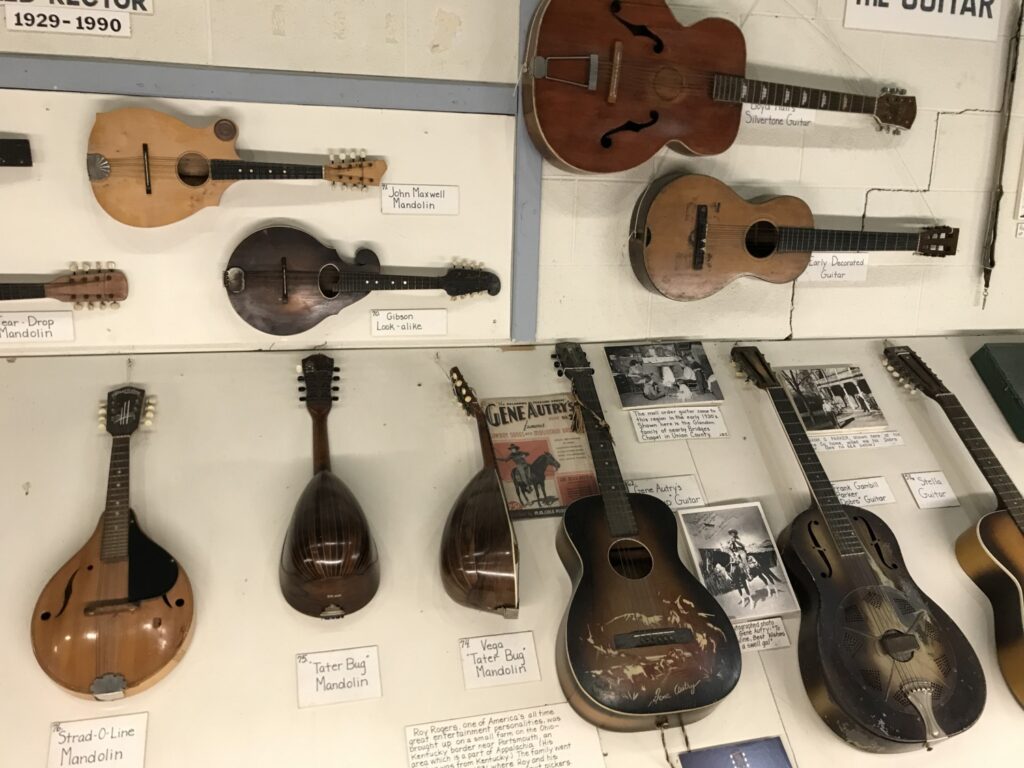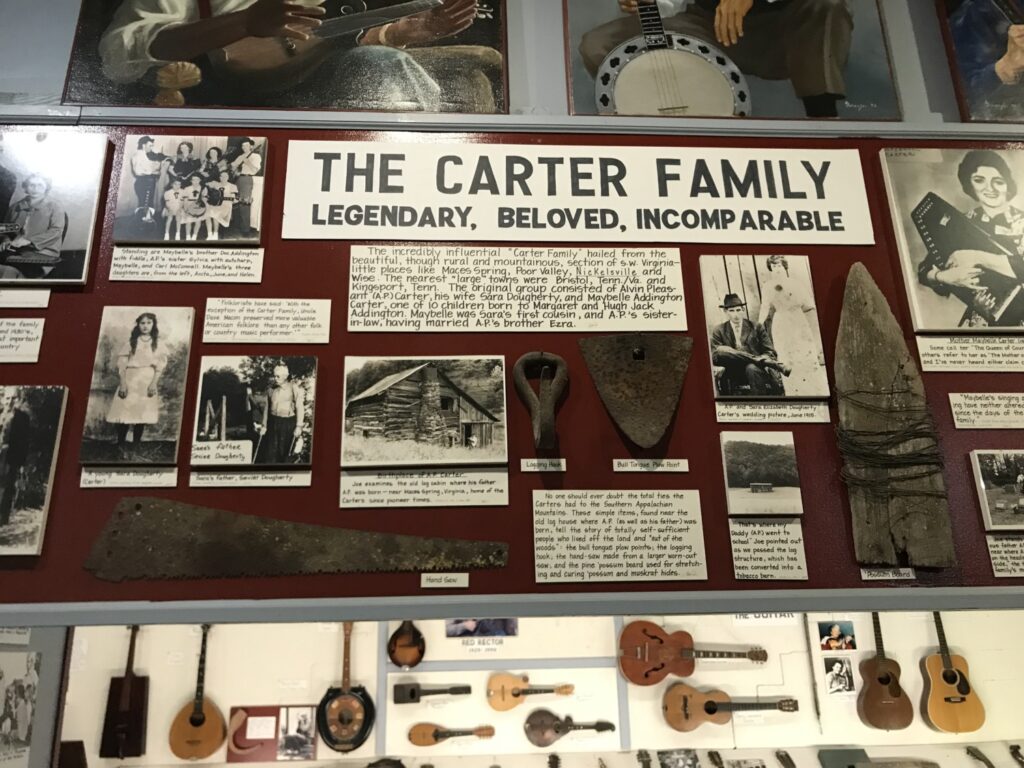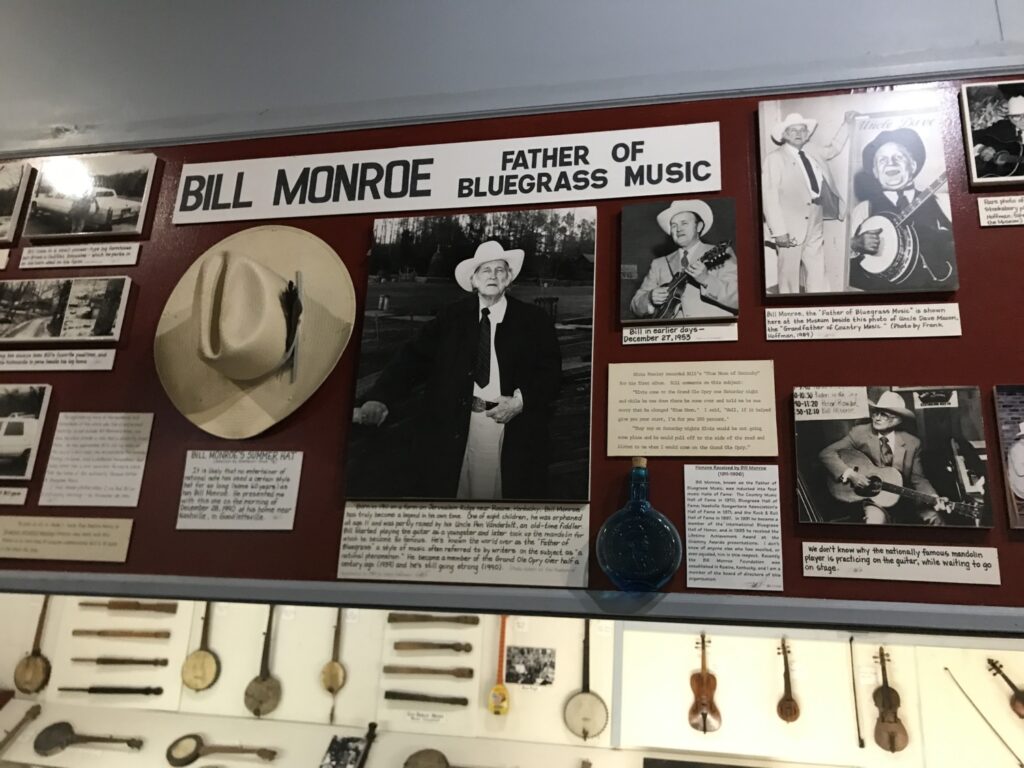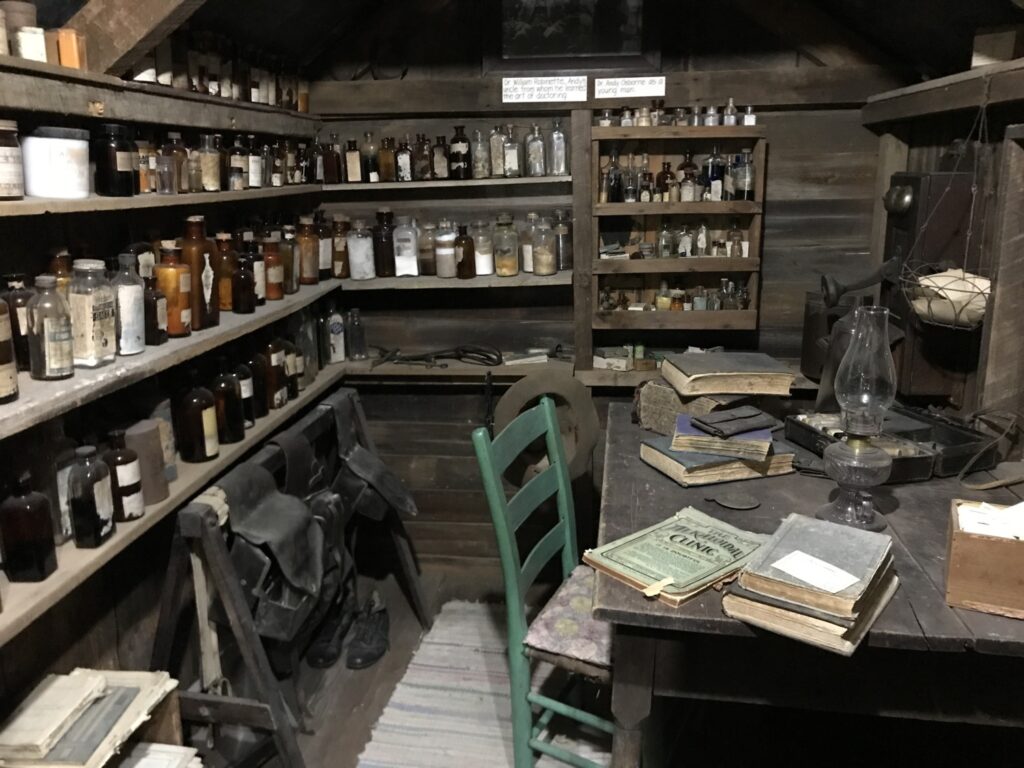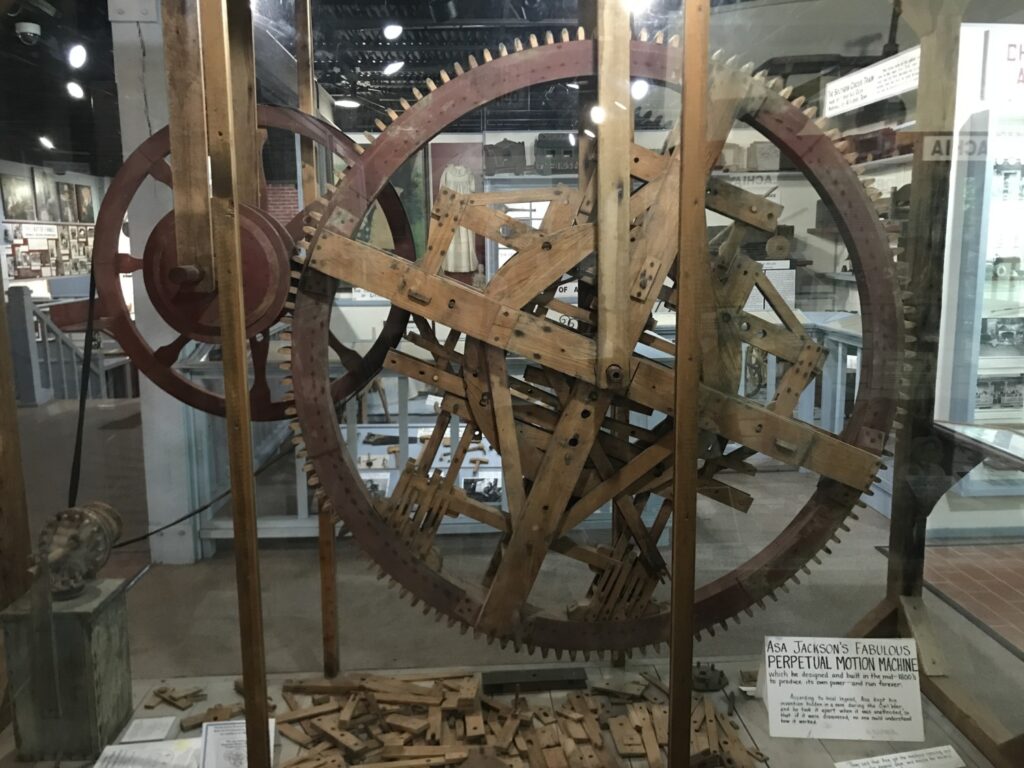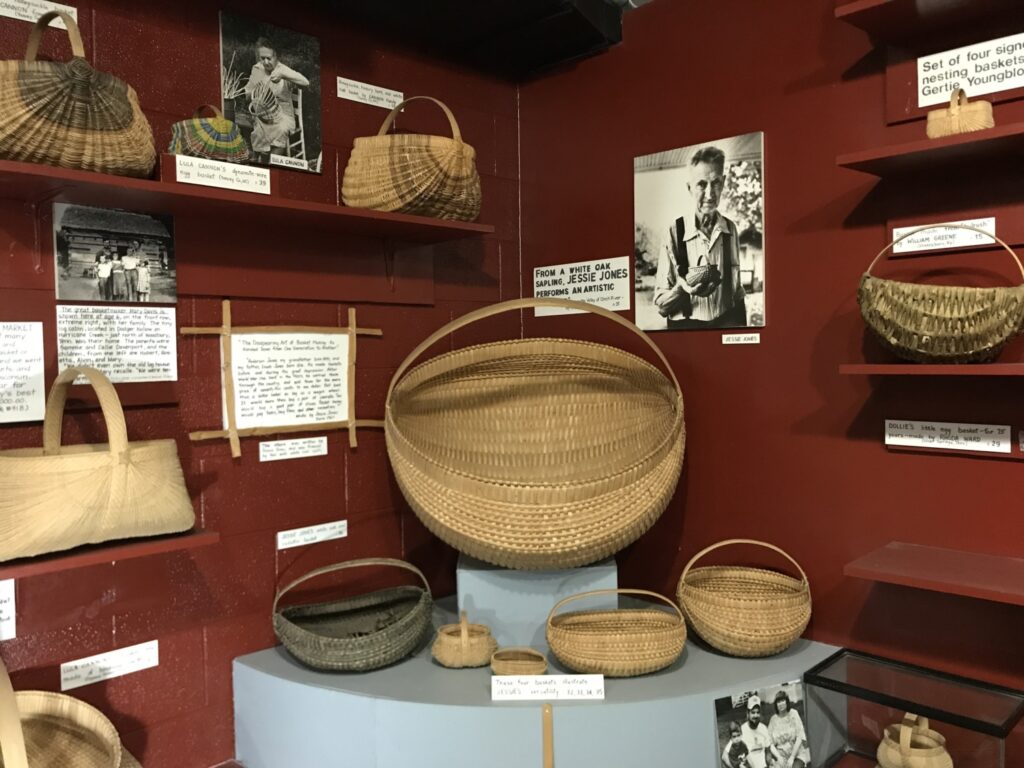On one of our recent days off, Tom and I traveled the hour to the Museum of Appalachia in Norris, Tennessee. We stopped by there last year, but went too late in the day to make it worth paying the admission, so we just looked around at the wonderful gift shop. When we returned we had an entire day to stop and explore.

The Museum of Appalachia was the brainchild and passion of John Rice Irwin. John was born on a farm near Norris but the farm was sold to the government in the 1930’s because of the building of Norris Dam. That land is now underwater. His family moved to a farm that was sold to the government in the 1940’s in order to make room for Oak Ridge, Tennessee. John began collecting items for the museum in 1960’s, when he could see the old ways of the mountains disappearing. He first opened the museum in 1967. He was the founder and director until 2009, when he

stepped down from leadership, although he continued to live at the museum until he died in 2022.
The Museum of Appalachia started out as one building. Over time, however, John collected so many objects that he had to build more buildings to house them. Old buildings and log cabins were also donated. Over time the museum has expanded and become an affiliate of the Smithsonian Museum. Today the museum has 35 original mountain structures, two large display buildings containing thousands of Appalachian artifacts, farm animals, and several gardens.

The thing that makes the Museum of Appalachia really distinct is the stamp of John Rice Irwin. John didn’t feel that objects had worth separated from the stories of the people. So, for each item he acquired, he handwrote a display card that told the story of the person who had owned or used the object. These stories are fascinating and made it moving through the museum quickly very difficult. Most of these stories are collected in the “Appalachian Hall of Fame” and the “Barn.” Getting through those two buildings alone could take all day.

The items in the museum aren’t as interesting as the stories John Rice Irwin preserves with them. Most of the items are things that Tom and I see in all kinds of museums: spinning wheels, looms, farm tools. But the sheer quantity and the eclectic organization with the stories make the museum really stand out. In a collection of children’s toys, for instance, each toy has who made it, who played with it, and a favorite memory of the toy.

One display featured a woman named Mary Foust who lived in a log cabin without running water or electricity in 1910. There are several photographs of Mary and her extended family using a wool wheel, a flax wheel, and a flax break. These items are displayed outside the front porch of their home, as if they are showing off prized possessions. Mary and her adult children would continue to make their own cloth from scratch all their lives. Although the museum is full of items, it is these stories that make it a very special place.
After wandering through the two buildings for several hours, Tom and I finally visited the historic buildings scattered around the grounds. Although these also had very interesting stories attached to them, the buildings weren’t as interesting as the stories.
Back in the Museum of Appalachia gift shop, I looked for a book on the museum displays. I was interested in continuing to read the stories that I had missed in the museum. Although I found a half dozen books written by John Rice Irwin, I didn’t find a collection of the stories in the museum.
The Museum of Appalachia is a fascinating collection of items and an even more fascinating collection of stories. The people and the things they used makes this museum as must-see for anyone in the area. Admission is $18 per adult and the museum also has a small restaurant / snack shop for those who want to spend the day.

